The USGTF and its Global Influence
One of those who took notice did not reside in the USA, but in faraway Timmendorfer-Strand, Germany. His name was Achim Picht, a man who owned a chain of golf schools named AMP Golf. Picht’s schools had locations in both Germany and Spain, and while the schools were successful, his instructors had no certification or formal training of any sort. Picht realized that to fend off the growing competition, he needed to bring some added credibility to his operation.
So in January 1993, a team of examiners led by president Geoff Bryant traveled to Malaga, Spain, to conduct the first USGTF certification class on foreign soil. On the team were Ben Jackson, Mark Harman, Ken Butler and Bob Sprigle, along with staff members Arnold James, Andy Ritondale and Bill Evans, the latter three serving as support for the international mission. The week exceeded everyone’s expectations, concluding with a fabulous dinner up in the mountains of the Costadel Sol.
The course in January was so successful that Picht brought back the USGTF examining team later that September to his home base in Germany, where 22 participants enrolled. That number was astounding, considering at the time the popularity of golf in Germany wasn’t anywhere close to what it is today, with far fewer golf courses. But demand for golf and proper instruction was increasing, and Picht saw that he needed to be a part of it.Picht, one of the pioneers of German golf instruction, passed away several years ago, leaving a legacy that is among the most important for the growth of the game in that country.
Korean Golf Takes World Stage
Many people attribute the proliferation of Korean players on the LPGA Tour to the victory of Se Ri Pak at the 1998 U.S. Women’s Open, but the truth is the seed for success was planted much earlier. Beginning with the very first classes held in 1989, Koreans were a large presence at USGTF certification classes. It was not uncommon to see, out of 50 total participants, 10-20 from Korea. Some resided in the USA, but many returned home to teach the game to a new generation eager to learn. Pak’s victory only continued a trend that was started by these early pioneers with the help of the USGTF. It’s safe to say that even had Pak not won, there would still be a large Korean presence in the women’s game today, thanks to those who saw the value of USGTF certification in helping them grow the game in their native country.
Prior to the USGTF’s existence, teaching golf in Korea was largely the domain of the club professionals in that country at the relatively few courses at the time. The game was exclusionary, as only those who had ample financial resources could play or afford lessons. With the arrival of these new Korean USGTF members who set up teaching operations wherever they could, a completely different audience was reached. Junior golfers who showed promise were allowed access to courses, with most of them having been taught by USGTF members.
It eventually became obvious that Korea needed its own golf teaching federation, and Sammy Oh took the reins. He oversaw the growth of his fledgling association, and needed the assistance of the USGTF examining team to initially handle the instruction. The first class he conducted saw over200 participants, all eager to learn and promote the game. Oh has since retired, and today Brandon Lee has capably taken over as president of USGTF-Korea.
In the United States, Man Kim, then from San Jose, California, attended a USGTF certification class at Adobe Creek Golf Course in Petaluma, California, in the mid-1990s. Instead of returning to Korea, he stayed in the USA and taught his young daughter the game with the principles he learned from the USGTF. His daughter was Christina, and Christina Kim turned out to be one of the most prominent U.S. Players during her career on the LPGA Tour, where she still plays today. She attended the 2015 World Golf Teachers Cup as a spectator, saying hello to many USGTF and WGTF members and impressing everyone with her graciousness.
A Worldwide Influence
In 1997, the inaugural World Golf Teachers Cup was held in Naples, Florida, with participants from several different nations. The tournament was the first that brought international teaching professionals together from multiple nations to represent their countries, and still today it’s unique among competitions. The second World Cup was held in Spain in 1998. Golf has always been healthy in the United Kingdom, and continental Europe continues to see more of its players and teachers play an international role.
Canada saw its first certification class held in 1994 at Upper Canada Golf Course in Morrisburg, Ontario. Since that time, first Bob Bryant and now Marc Ray have served as presidents of the Canadian Golf Teachers Federation, and its members have made a lasting impact in teaching the game in that country. In Australia, Gary Cooney has ably led the Australian Golf Teachers Federation for a number of years, helping to promote the game in the Land Down Under.
Golf in Brazil became a focus with the inclusion of the sport in the Olympic Games in 2016, but prior to that in 2005, Sao Jose Golf Club just outside Sao Paolo hosted the 7th biennial World Golf Teachers Cup. Despite the game being still a relatively minor sport in South America, 88 players teed it up in February of that year for individual and team honors.
China became the first Asian nation to host the World Golf Teachers Cup in 2013, and the event was a rousing success. That country is currently facing some adversity in golf with the state-ordered closings of several golf courses, but USGTF-China is successfully meeting those challenges with Steve Mak at the helm.
Golf has seen tremendous growth inter-nationally the past three decades, and the USGTF has been there, serving to train and certify the instructors who have been instrumental in this growth. The future of the game certainly looks bright, no matter what language you may speak.


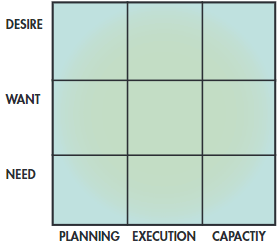 By Bert Jones USGTF Certified Golf Teaching Professional® Loomis, California
By Bert Jones USGTF Certified Golf Teaching Professional® Loomis, California
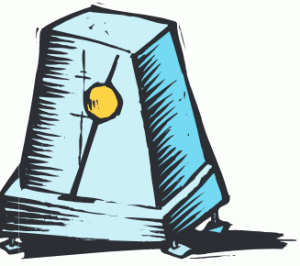 During the past U.S. Open on the Fox Television broadcast, Curtis Strange remarked that a lot of emphasis was placed on swing positions and movements, but little was placed on rhythm and tempo.
During the past U.S. Open on the Fox Television broadcast, Curtis Strange remarked that a lot of emphasis was placed on swing positions and movements, but little was placed on rhythm and tempo.
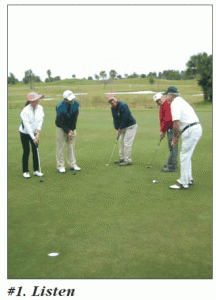
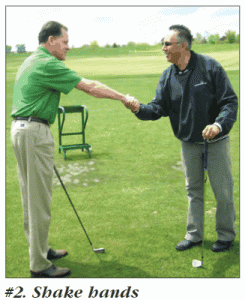
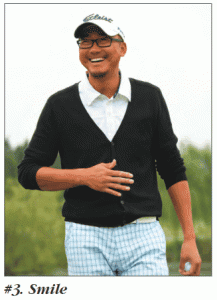
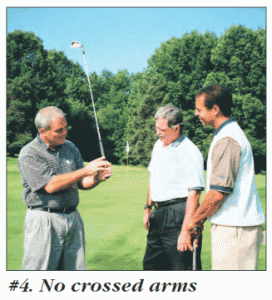
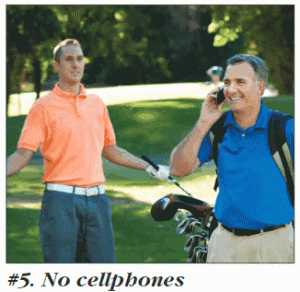
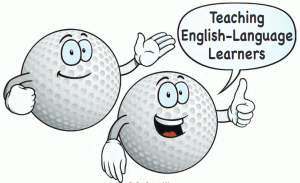
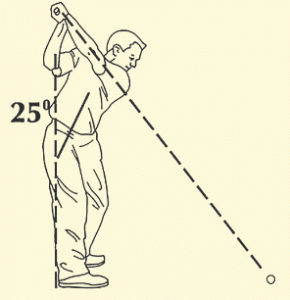 One swing required with 25 Degree Golf!
One swing required with 25 Degree Golf!